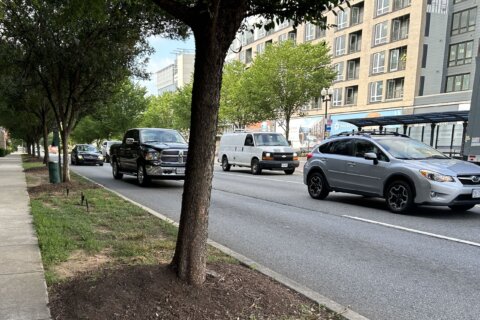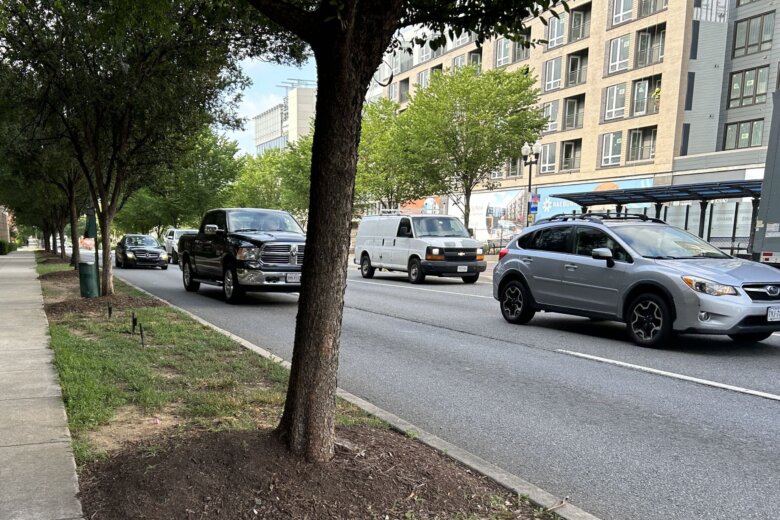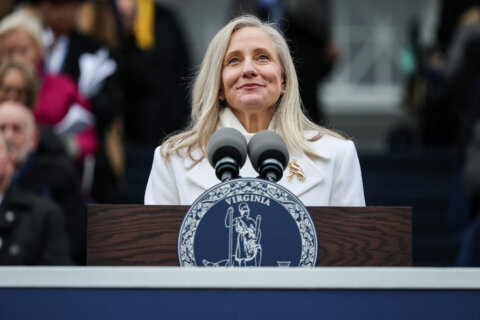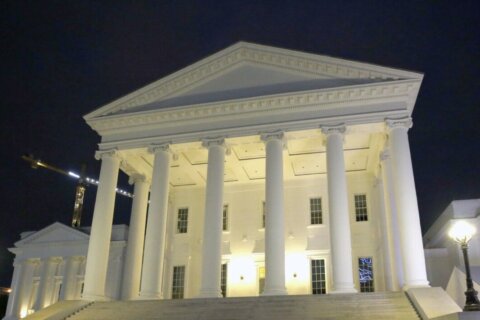
Construction projects to improve commutes for drivers in Northern Virginia typically take a lot of time and money. But a group that helps develop the area’s long-term transportation plan has ranked projects that offer the biggest bang for the buck in terms of traffic congestion relief.
The Northern Virginia Transportation Authority will present its ranked recommendations Thursday, for funding nearly $700 million in projects to advance the region’s multimodal transportation network.
With nine counties and cities, as well as Virginia Railway Express seeking pieces of the funding pie, the most expensive slice is $210 million for Fairfax County to improve Route 7 between the Beltway and Interstate 66.
However, the transportation authority also ranks the projects that would bring the most congestion relief for the least money.
At the top of the column labeled Congestion Reduction Relative to Cost — or CRRC — the City of Falls Church Signal Prioritization Project ranks No. 1.
The focus of the city’s plan is on Route 7, also called Broad Street, in Falls Church.
Five intersections on Route 7, and two on nearby Washington Street, would be outfitted with technology called Transit Signal Priority. With the technology, sensors on transit buses communicate with traffic signals, to make green lights longer and red lights shorter, as the bus approaches an intersection.
In its proposal, the city said the Transit Signal Priority technology “improves transit options and operations, without taking up additional space on the roadway or right of way.” With a project cost of $1.4 million, it would start in 2028.
The second-highest-ranked project is the City of Alexandria’s Smart & Connected Vehicle Infrastructure plan.
The Alexandria plan focuses on the Potomac Yard area. On Route 1 and near the new Metrorail station, a network of sensors, edge servers and a data management system would facilitate communication “with human-driven motor vehicles and autonomous shuttles.”
The technology would help ‘smart’ driven and autonomous vehicles “optimize their approach speed at intersections, reducing stopping time and congestion on heavy traffic corridors.”
In addition, camera and LIDAR detection could help warn compatible vehicles when a pedestrian or other vehicle is dangerously entering an intersection.
With a request of $5 million, the project ranks second in the Northern Virginia Transportation Authority’s list of most cost-effective safety and congestion relief projects.
Get breaking news and daily headlines delivered to your email inbox by signing up here.
© 2024 WTOP. All Rights Reserved. This website is not intended for users located within the European Economic Area.









